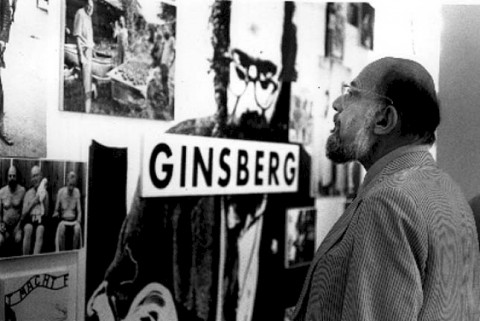John Cleese, Eric Idle, Terry Jones, Terry Gilliam, and Michael Palin have all entered their late sixties and early seventies in reasonable productivity. Graham Chapman, however, “selfishly dropped dead in 1989,” thus taking on the official title of “the dead one from Monty Python.” That comes straight from the press materials promoting A Liar’s Autobiography: The Untrue Story of Monty Python’s Graham Chapman, the highly nontraditional biopic that recently made its debut in the United Kingdom. The elaborate production commanded the visual talents of no fewer than fourteen separate animation studios and the vocal talents of no fewer than five Pythons, Chapman himself included. Shortly before his passing, Chapman recorded himself reading the text of his autobiography A Liar’s Autobiography (Volume VI), and that audio track provides the basis of the veritable kaleidoscope of aesthetic sensibilities and levels of comedic taste you can glimpse in the trailer above. Oh, and the film’s in 3D.
The notion that a tale like Chapman’s life demands a pack of tellers has a precedent in the book, which famously credits five authors: Chapman himself, his partner David Sherlock, The Hitchhiker’s Guide to the Galaxy mastermind Douglas Adams, crime writer David Yallop, and Alex Martin. Those at all familiar with Chapman should feel pleased to see represented in the trailer a seemingly appropriate mixture of harrowing formative wartime experience, sexual adventure, obvious fabrication, and sheer drunkenness — and that doesn’t yet take into account all that Monty Python business. The trailer’s final moments credit its absurdity-loving, pipe-smoking subject with calling A Liar’s Autobiography “the best movie I’ve been in since I died.” That takes it out of competition with the beloved Monty Python and the Holy Grail and Monty Python’s Life of Brian in which Chapman livingly starred, but it still looks like a formidable effort. And the surviving Pythons might tell you, it’d surely hold its own against Yellowbeard.
Related content:
Monty Python’s Best Philosophy Sketches
Monty Python Live at the Hollywood Bowl: The Comedy Classic
Alan Watts and His Zen Wisdom Animated by Creators of South Park
Colin Marshall hosts and produces Notebook on Cities and Culture. Follow him on Twitter at @colinmarshall.




